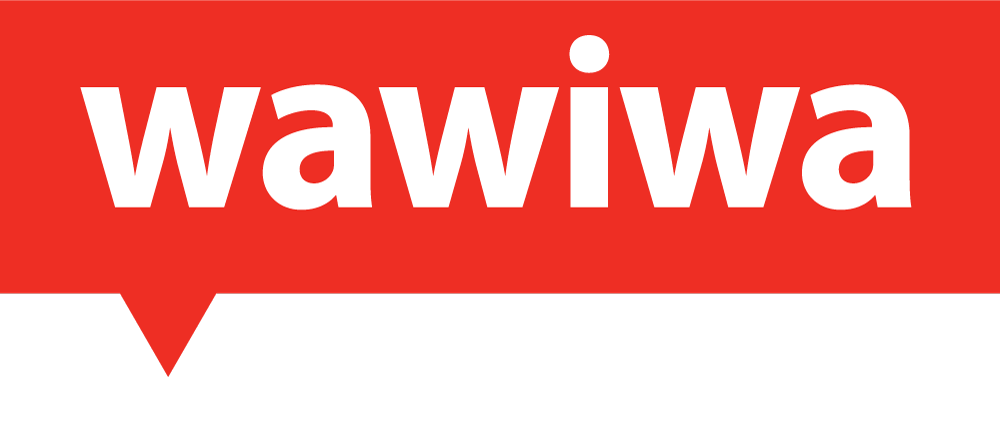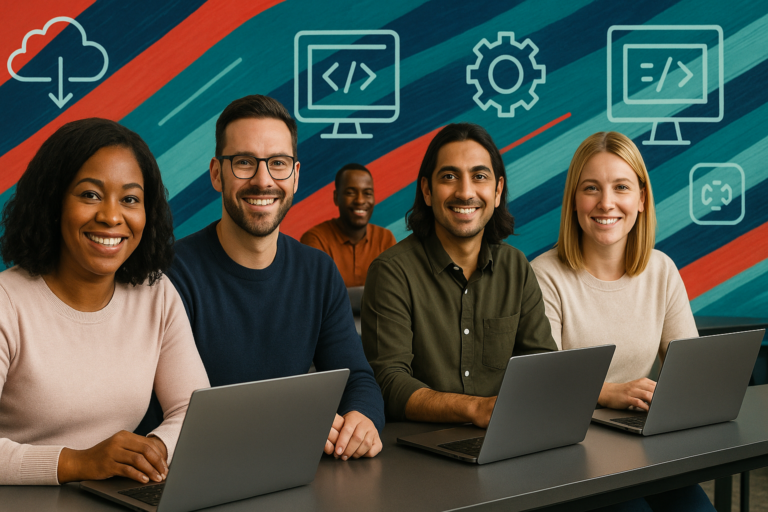Long before COVID-19 forced universities to shut down, some members of the Millennial and Gen-Z generations logged on to YouTube to learn and develop skills instead of turning to more formal educational institutions or training centers. With 500 hours of video uploaded every minute, YouTube is an educational powerhouse of resources with a wealth of free content.
In fact, a Pew research study found that 51% of all YouTube users access the platform to learn something new. YouTube-exclusive learners benefit from sheer quantity of content, a self-paced workload, and free resources – though it is worth noting that plenty of YouTube creators offer premium content at an additional cost through their own independent websites or programs.
But these learners should proceed with caution: two-thirds of YouTube users say they at least sometimes encounter videos that seem obviously false or untrue, while University materials are more reliable and often peer-reviewed through the higher education community (Pew).
Additionally, some topics, like tech programming, should be accompanied by hands-on experience; it is difficult to really acquire the skills needed from a video, or even a series of videos. YouTube users may also be subject to algorithm biases by way of the suggested videos tab, possibly leading to an echo chamber effect or even the reinforcement of false information.
When schools transitioned to be entirely online in the early months of the pandemic, platforms and applications like Zoom, Yuja, Canvas, and Google Classroom became the center of those models, with a considerable amount of YouTube videos sprinkled into both class time and homework. While the major shift to online learning was brought on by the coronavirus, remote learning will not be going anywhere any time soon.
Trends of Blended Learning
The durability of remote learning has roots in early success of blended learning and flipped classroom models pre-pandemic, in which teachers and professors assign asynchronous work to complete at home, so that valuable face-to-face class time could be spent answering questions and practicing with an instructor present.
This model of learning capitalizes on the most valuable benefits of in-person, synchronous, group learning: an environment in which a knowledgeable professional that can guide you through learning, testing, and practicing skills in real time, surrounded by peers who can also help.
Training centers like Wawiwa also practice this kind of hybrid model, taking advantage of the different options available by offering synchronous and asynchronous instruction.
As we pass the year-mark of the coronavirus crisis that radically altered the way we acquire and maintain skills, the verdict of the Learning and Development (L&D) world is that reskilling and upskilling is at the top of everyone’s agenda. Could YouTube be a main driver of reskilling in a post-COVID world?
YouTube has proven to be an incredibly useful tool for remote learning, or “Zoom University,” the nickname that college students have given the style of online schooling that has emerged because of the pandemic. Teachers can upload lectures, sift through the expansive vault of content for students, and save time by slipping concise microlearning videos into homework, lesson plans, or modules. Thus, YouTube is a fantastic supplement to a college education. But with YouTube alone, a learner might suffer from lack of discipline, overwhelming amount of content, and unverifiable information.
Online Learning Isn’t Enough for Reskilling
Training centers also have a leg up on the free platform. Reskilling, especially in tech, requires practice and existing materials. For example, Wawiwa places great importance in hands-on application of tech skills, dedicating 70% of training to such practice. YouTube cannot facilitate as deep an understanding or sustainable skilling without such hands-on practice.
Other options like MOOCs (Massive Open Online Courses) suffer from similar problems: the instruction cannot be blended or as attentive, and content is the same for all, and does not zero in on local ecosystem requirements or individual student needs. Training centers like Wawiwa often provide live (even when remote) instruction and mentorship to small groups of 25-35 people, facilitating true learning and engagement.
With most universities completely online, COVID-19 leveled the playing field between a college education and self-guided skill building online. But academic institutions and training centers combine – when possible – the most effective aspects of blended learning, boasting the invaluable benefits of attentive instructors, hands-on skill acquisition, and face-to-face social interaction.
The constraints of the coronavirus crisis have in fact pushed universities and training centers towards innovations in learning technology that have revolutionized the way we will learn and teach in the future. If we’ve learned one thing, it is that blended learning is here to stay.



